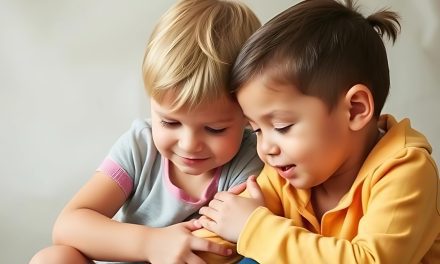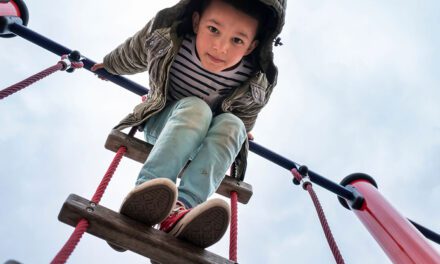While stress and anxiety are often intertwined, they have distinct characteristics in the context of children's mental health.
Understanding the differences between the two can provide valuable insights into effective coping strategies. This can also aid in discovering support mechanisms for children. This post explains the primary difference between stress and anxiety. Read on to learn more:
What Is The Difference Between Stress and Anxiety?
Stress in children may arise from specific situations or demands. In contrast, anxiety tends to manifest as a more generalized feeling of unease or worry.
The impact of stress can vary, but it often stems from external pressures such as academic expectations or social relationships. On the other hand, anxiety can persist even without clear triggers. This can lead to physical symptoms like stomachaches or headaches.
Recognizing these distinctions is crucial in tailoring interventions to each child's needs. This would also help promote resilience and foster positive mental well-being. Other strategies for managing these issues include:
- Introducing relaxation techniques
- Promoting open communication
- Encouraging healthy lifestyle habits
What Causes These Mental Health Struggles in Kids?
Understanding the underlying causes of stress and anxiety in kids is crucial for providing effective support and coping mechanisms.
Various triggers and factors contribute to the development of stress and anxiety in children. This necessitates a comprehensive approach to addressing their mental well-being. Some of the factors that contribute to a child's stress levels are:
- Academic pressure
- Social challenges
- Family dynamics
- Socioeconomic factors
Additionally, exposure to traumatic events, such as bullying or family conflicts, can have a significant impact on their mental health. It's essential to recognize these triggers and collaborate with parents, educators, and mental health professionals. Together, they can create a supportive environment for children.
Equipping them with coping skills and strategies to manage stress is equally vital. It enhances their resilience and overall well-being. You should also monitor kids closely so you can identify potential signs of stress as soon as they crop up.
What Are the Common Triggers for Stress and Anxiety in Kids?
Several common triggers and stressors can contribute to the onset of anxiety and stress in children. Recognizing these prevalent factors is essential for implementing targeted coping strategies and support mechanisms.
These triggers and stressors vary widely, ranging from academic pressure and social dynamics to family conflicts and significant life changes. Academic expectations, such as exams and grades, can lead to feelings of inadequacy and fear of failure.
In social settings, issues with peer relationships and bullying can significantly impact a child's mental well-being. Family conflicts, divorce, or the loss of a loved one may disrupt a child's sense of security and stability.
Identifying these triggers and stressors is crucial for developing personalized interventions and mental health support for children. Are you struggling to help your child cope with stress and anxiety? Well, you can find more tips and insight on our website, Marvelus Kids.









